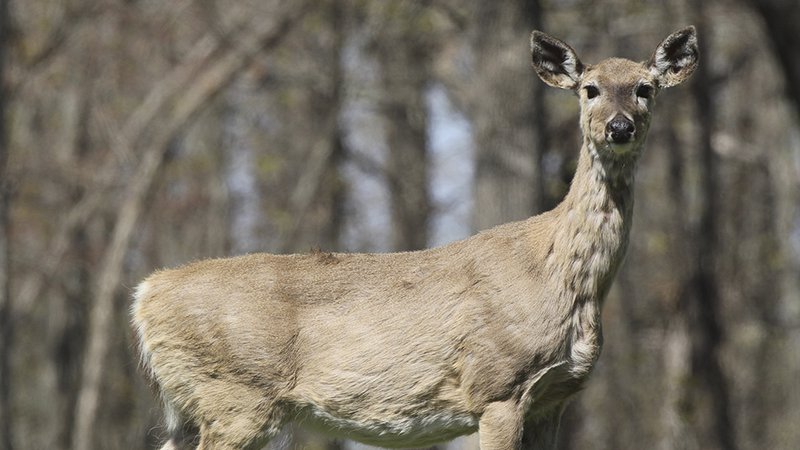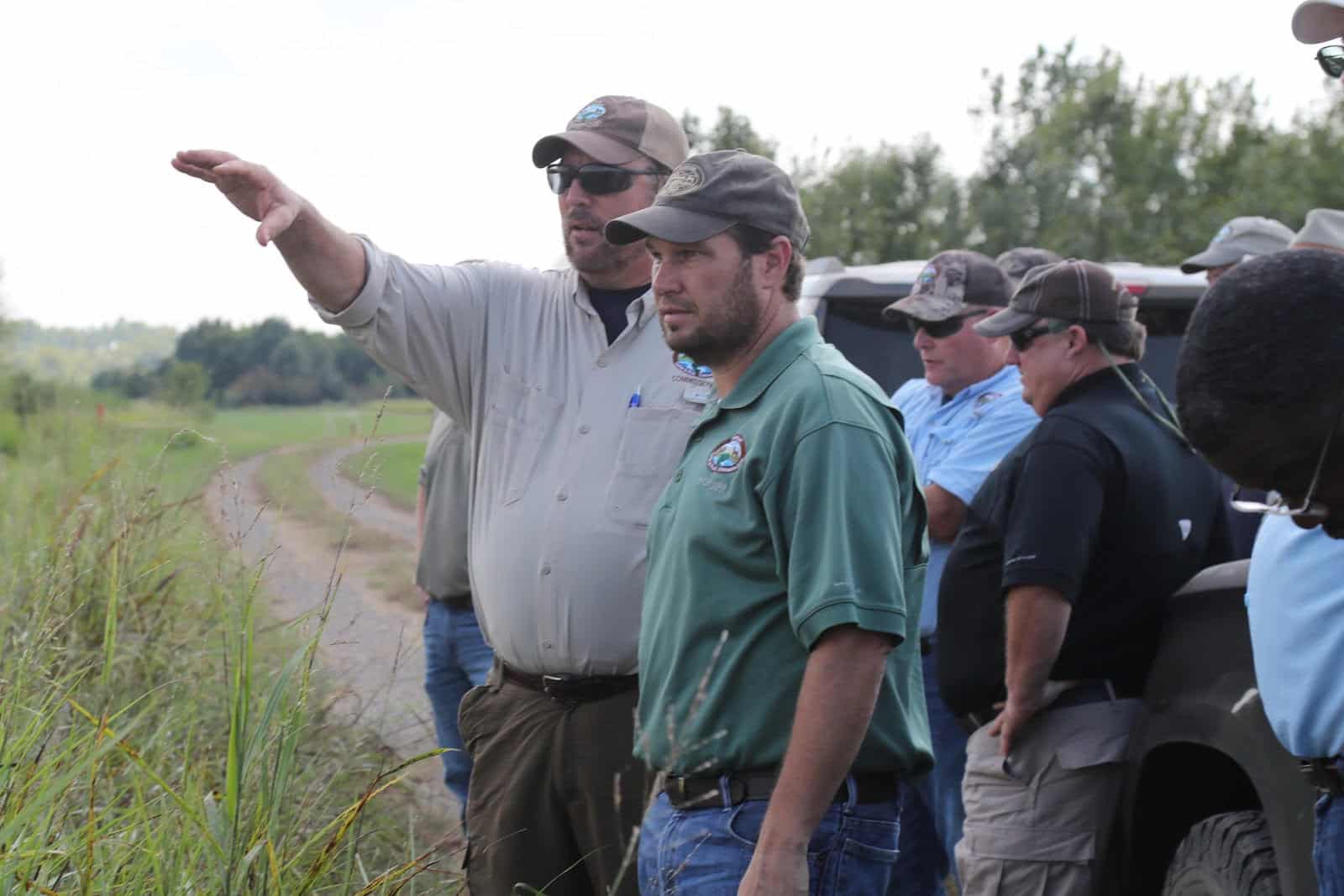CWD-positive deer confirmed in Logan County
ON 11-20-2020

Nov. 20, 2020
Randy Zellers
Assistant Chief of Communications
DELAWARE, Ark. — A hunter-harvested white-tailed deer taken west of Delaware (Logan County) tested positive for chronic wasting disease, according to the Arkansas Game and Fish Commission’s Research, Evaluation and Compliance Division.
The adult male deer was harvested Oct. 18 and voluntary samples were submitted from the hunter through the AGFC’s drop-off location in Logan County. The sample originally tested positive on Nov. 3 through the Arkansas Livestock and Poultry Commission’s laboratory in Little Rock, and the hunter was notified of the result. Following the standard protocol for a positive in a new county, the sample was then sent to the Wisconsin Veterinary Diagnostic Laboratory in Madison for confirmation before today’s announcement.
“The deer was in poor condition and the hunter saw signs of illness before taking the animal,” A.J. Riggs, Wildlife Health Biologist for the AGFC, said. “He submitted a sample at the Logan County sample collection site and disposed of the carcass by incinerating it.”
Riggs stressed that although this deer’s appearance and behavior were obvious to the hunter as a possible case of CWD, a deer or elk can have CWD for months before showing any signs. Likewise, a deer in poor condition does not necessarily have the disease, as there are other diseases and maladies that can affect white-tailed deer in the wild.
“It’s always best to get your deer tested, regardless of how healthy it looks, when hunting in a known CWD Management Zone, as recommended by the Centers for Disease Control and Prevention,” Riggs said. “We have 100 testing locations throughout the state; please use them.”
Logan County already resides within the CWD Management Zone because other CWD-positive deer were found within 10 miles of the county’s border, but this is the first deer to test positive in the county.
“The indications were strong that CWD was present in the county, it was just a matter of finding and confirming it,” Riggs said. “This gives us confidence that the sampling strategy to detect the disease and the initial 10-mile buffer to use when expanding the CWD Management Zone are both sound.”
Riggs does not expect any changes to deer-hunting regulations to take place from the positive result.
Hunters who wish to have their deer tested for CWD can voluntarily take the head of the deer with about 6 inches of neck still attached to one of the AGFC’s network of participating taxidermists to have a sample tested for free. They may also drop the head off at one of dozens of CWD-testing collection stations positioned throughout the state. Visit www.agfc.com/cwd for a list of testing locations.
The CWD management zone includes Baxter, Benton, Boone, Carroll, Crawford, Franklin, Independence, Jackson, Johnson, Logan, Madison, Marion, Newton, Pope, Scott, Searcy, Sebastian, Stone, Van Buren, Washington and Yell counties.
CWD was first detected in Arkansas in February 2016. Since the first detection, AGFC has sampled and tested more than 29,503 deer and elk from around the state with more than 70 percent of those samples coming from hunter-harvested animals. To date, 891 deer and 30 elk have tested positive for the disease in Arkansas.
Research indicates that CWD is caused by a misfolded protein called a prion that is transmitted through feces, urine and saliva, and can survive for years in soil and plants. CWD can have an incubation period of at least 16 months, which means infected animals may not show signs of disease immediately.
CWD prions accumulate throughout the body and affect an animal’s nervous system. The disease prions cause normal cellular proteins to misfold into abnormal shapes, which accumulate until neural cells cease to function. Infected animals begin to lose weight, lose their appetite and develop an insatiable thirst. They may separate from their herds, walk in repetitive patterns, carry their head low, salivate, urinate frequently and grind their teeth.
Anyone who sees a deer or elk showing signs of CWD or any other disease is encouraged to contact the AGFC’s REC Division at agfc.health@agfc.ar.gov.
Visit www.agfc.com/cwd for more information.
Recent News

Former Chairman Neeley ‘got back more than I gave’
Jul. 28, 2025
Subscribe to Our Weekly Newsletter E-mails
Don’t miss another issue. Sign up now to receive the AGFC Wildlife Weekly Newsletter in your mailbox every Wednesday afternoon (Waterfowl Reports are published weekly during waterfowl season and periodically outside the season). Fishing Reports arrive on Thursdays. Fill in the following fields and hit submit. Thanks, and welcome!

